Your cart is currently empty!

Rhyl Monorail
The idea of a monorail running along the seafront in Rhyl was the brainchild of American engineer Alan Hawes. Through his company, Universal Design Limited (UDL), Hawes had been designing theme park attractions in the United States since the 1950s. This included observation towers, dark rides, chairlifts, and monorails. In the UK, through his company AH Design, he was involved with the Butlins monorails at Skegness and Minehead, along with the chairlifts at Scarborough and Southport. Hawes first got to know Rhyl during the late 1970s when he worked on the suspended monorail at the new Sun Centre swimming complex.
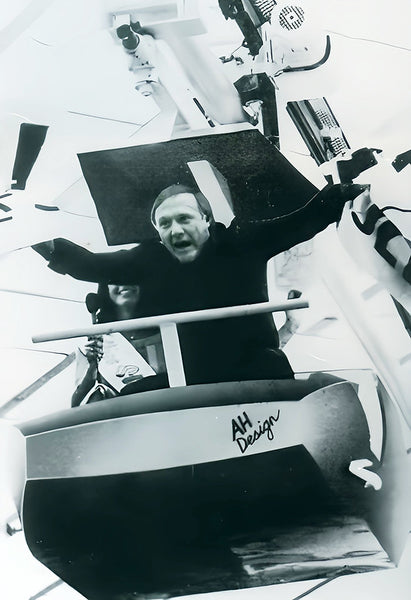
The £1.5 million Rhyl monorail was designed from the outset to serve as a useful transportation function, running for 900m along the promenade from the pavilion car park (now the Sky Tower) to the Sun Centre. Hawes agreed to finance the project and pay the council a rent of 5% of the gross takings.
Hawes stated that the monorail “will take Rhyl into the eighties”. Someone else said it would stop Rhyl “becoming another New Brighton”. It was hoped to have it running in time for the 1979 season but in April of that year Hawes said he was postponing it for a year, citing difficulties with the finance arrangements, delivery of steel and design changes in the track.
He also wanted to build the line in two halves, with the first half running from the pavilion car park to a station on the site of the old open air swimming pool (now the Rhyl Events Arena), a distance of 460m. The council agreed, providing the second half was built the following year. This would see it continuing another 470m along Marine Parade and linking up with the Sun Centre building
At the time Hawes was also involved with several other potential schemes: developing a new amusement park at the Marine Lake in Rhyl, saving and develop the West Pier in Brighton and plans to build another monorail in Scarborough.
Construction of the Rhyl Monorail began in April 1980 and complaints soon started about the steel girders being erected down the promenade. One local resident said “I think it looks terrible. Rhyl’s wonderful promenade is being ruined”. Problems also arose after delivery lorries and emergency vehicles couldn’t fit underneath. The original plans called for a section to be hydraulically raised to allow vehicle access, but Hawes said it might be easier to just lower a section of promenade. Just 6 weeks after construction began the monorail was ready for its first test trains.

It opened to the public on the 4th of July but later that afternoon the train tilted over and got jammed on a curve. Firemen had to rescue 40 people with extension ladders. Hawes put it down to teething troubles and said “I built 10 of these systems in the USA and these things can happen on your first day”. The monorail reopened 5 days later “We have fitted a third wheel to the trains for extra stability and installed two additional steel support columns.”
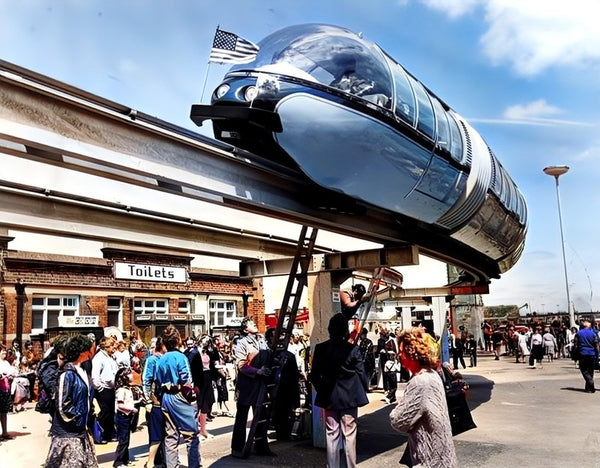

An official opening ceremony took place on July 31st and was conducted by Terry Wogan, who flew in by helicopter and landed on the promenade by the Westminster Hotel. The monorail then settled down to a reliable existence. A couple of weeks later, 6 council officials from Scarborough paid a visit as they were considering their own monorail running from Spa Bridge to The Corner. The plan was later rejected over fears “it would damage the town’s natural beauty”. The remainder of the season passed off uneventfully but with takings lower than expected, said to be £58,000.

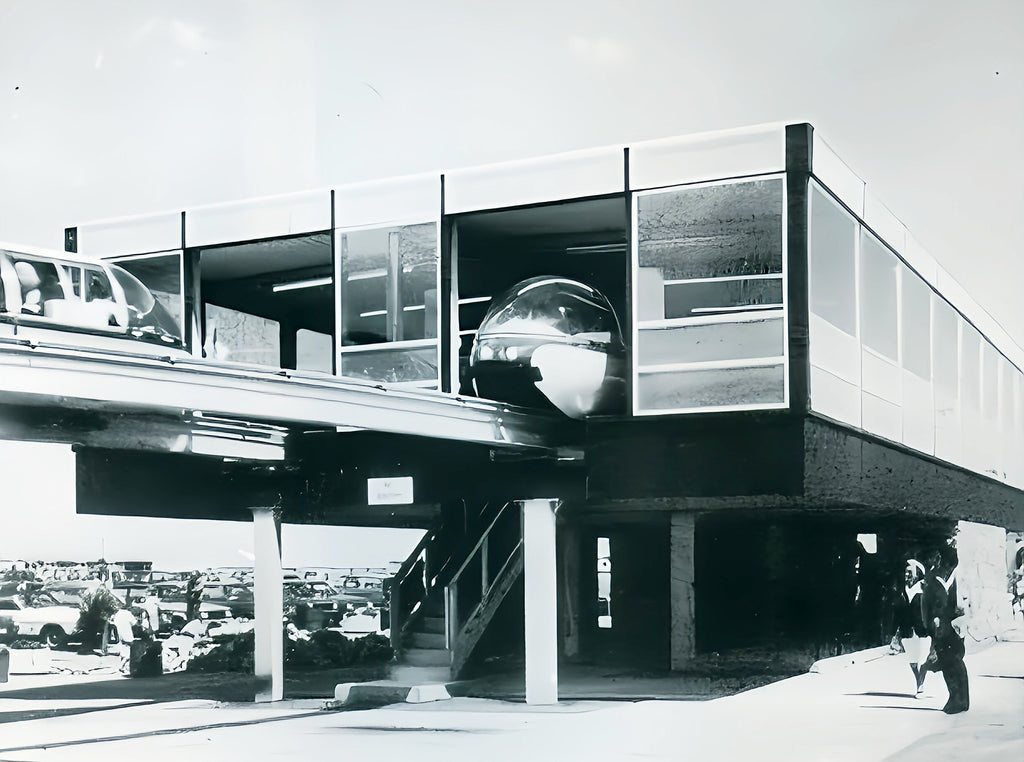

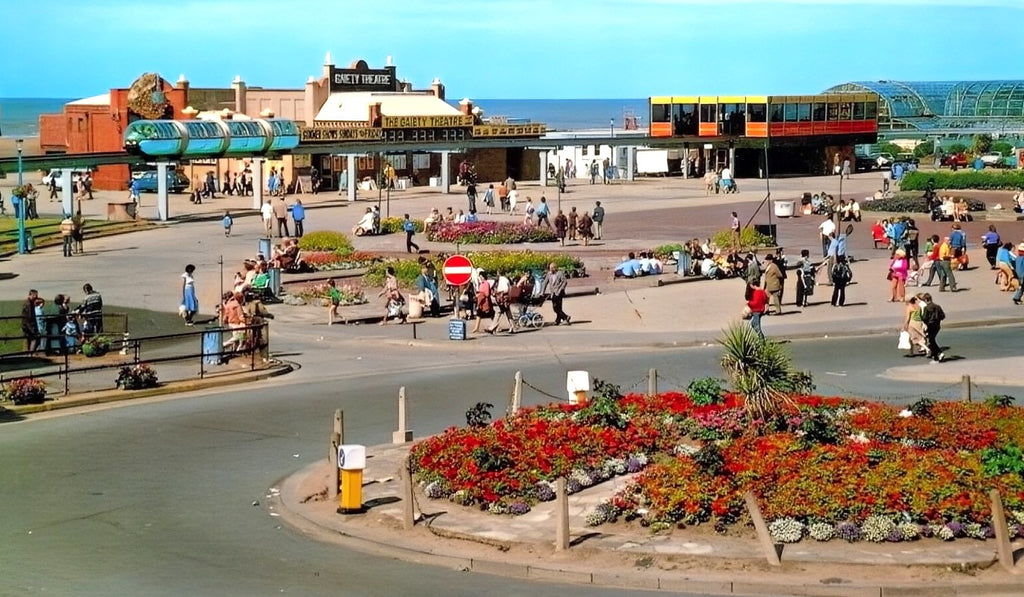
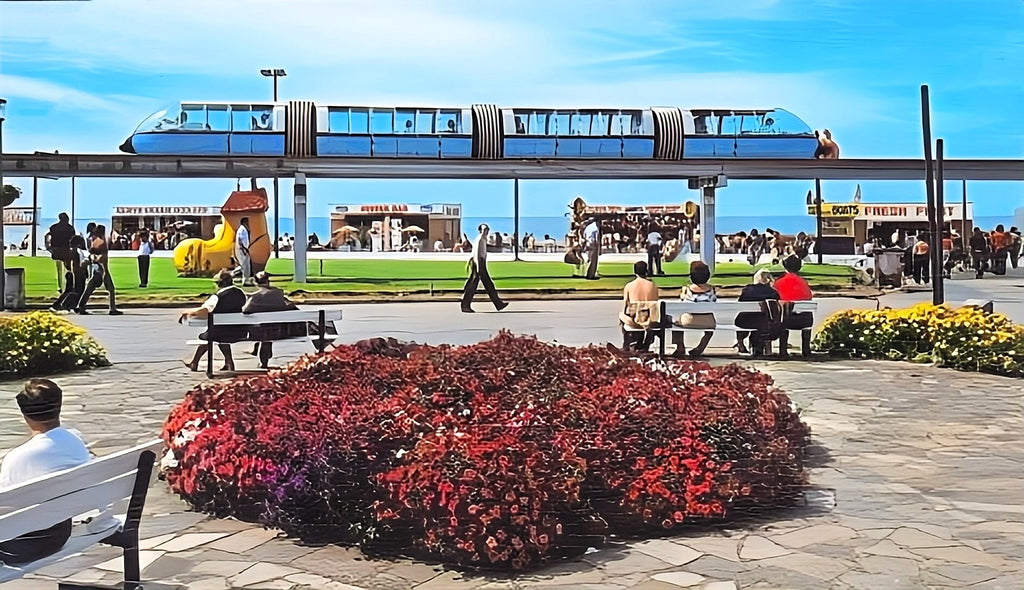
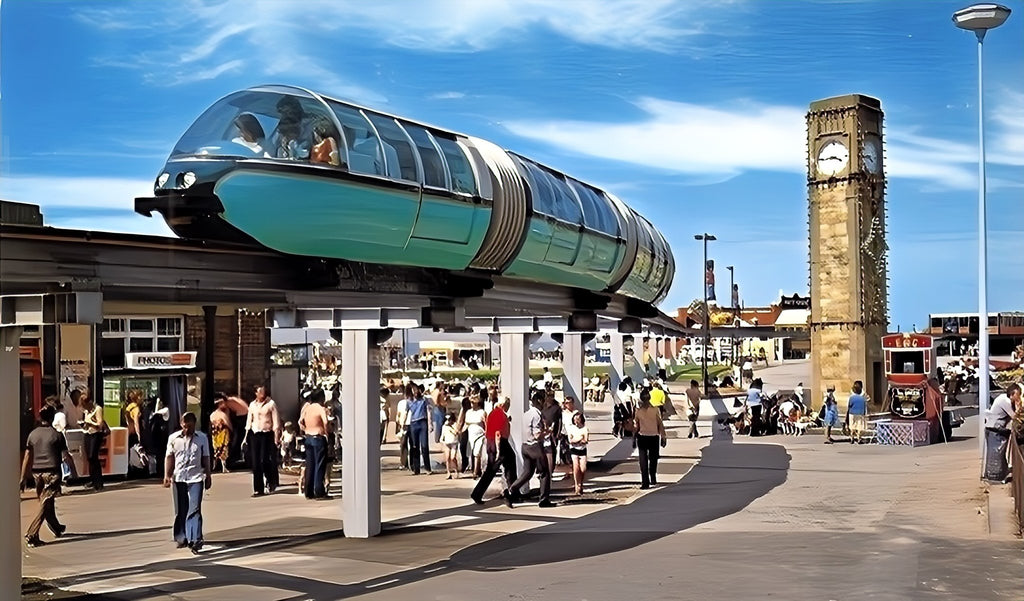
In December 1980, E&F Engineering of Bridgend claimed it was still owed £145,000 for steel track supplied to the monorail project. A receiving order in bankruptcy was filed against Metrim Precision Engineering Ltd, the company established by Hawes. By the following month, Metrim had entered receivership with debts totaling £653,000.
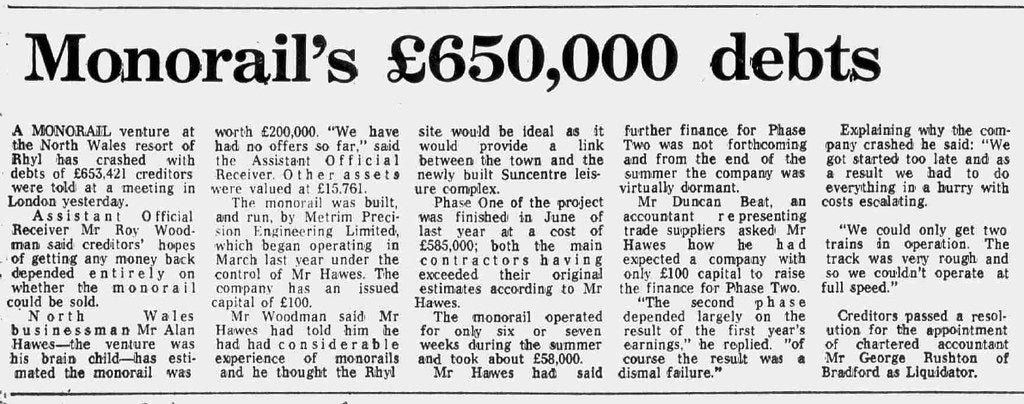
The monorail was put up for sale in January 1981 with the council insisting that any potential buyer would be obligated to build the second half, and extend the track down to the Sun Centre. Later that month, E&F Engineering was also forced into liquidation due to the unpaid debts from the monorail project, resulting in the loss of 36 jobs. Despite interest from “several major amusement groups” the monorail still hadn’t been sold by April, dashing hopes it would reopen for Easter. The summer came and went with the monorail remaining closed.
In December the liquidator accused the council of hindering the sale by insisting on the phase 2 extension. The council replied that “when they first agreed to the project there was a clear understanding that it would be a transportation system running from West Parade to the Sun Centre”. They said the first half was only approved on the understanding that the second half would be built the following year. Councillor Hughes said the council “would not be bullied into any action which would be against the interests of the borough”.
In January 1982, the council issued an ultimatum to the liquidator, stating that if the monorail was not sold by Easter, they would proceed with its demolition. Hawes had deposited a £10,000 bond with the council when the monorail was first launched, and this money would be used to cover the removal costs. In March the solicitor for the liquidator issued a “personal plea” to the council to reconsider the matter and accusing them of “an uncommercial attitude”. He said “it would never be sold unless the conditions were less restrictive”.
Three days before the deadline the liquidator announced that a buyer had been found who was willing to operate the monorail “for 2 or 3 years” to assess its viability. “If this proves economically viable then all parties have indicated their willingness to complete the second half” The council agreed to relax its policy and to grant a 2 year license to the potential buyer, providing they paid a £50,000 bond to cover demolition costs if it didn’t work out. The deal fell through. The following month Alan Hawes reappeared with an offer to buy it back using money supplied by American investors. The council were not interested.
Another summer came and went. In December 1982 a buyer was finally found and the monorail was sold to Jack Waite, a businessman from Cheshire who had recently sold his interest in Gwrych Castle. But he was only interested in buying the equipment and had no desire to stay in Rhyl. The council gave him until the end of January to demolish it and to reinstate the promenade. Mr Waite applied to convert one of the monorail stations into a restaurant, but the idea was rejected. The monorail was gone by February 1983.
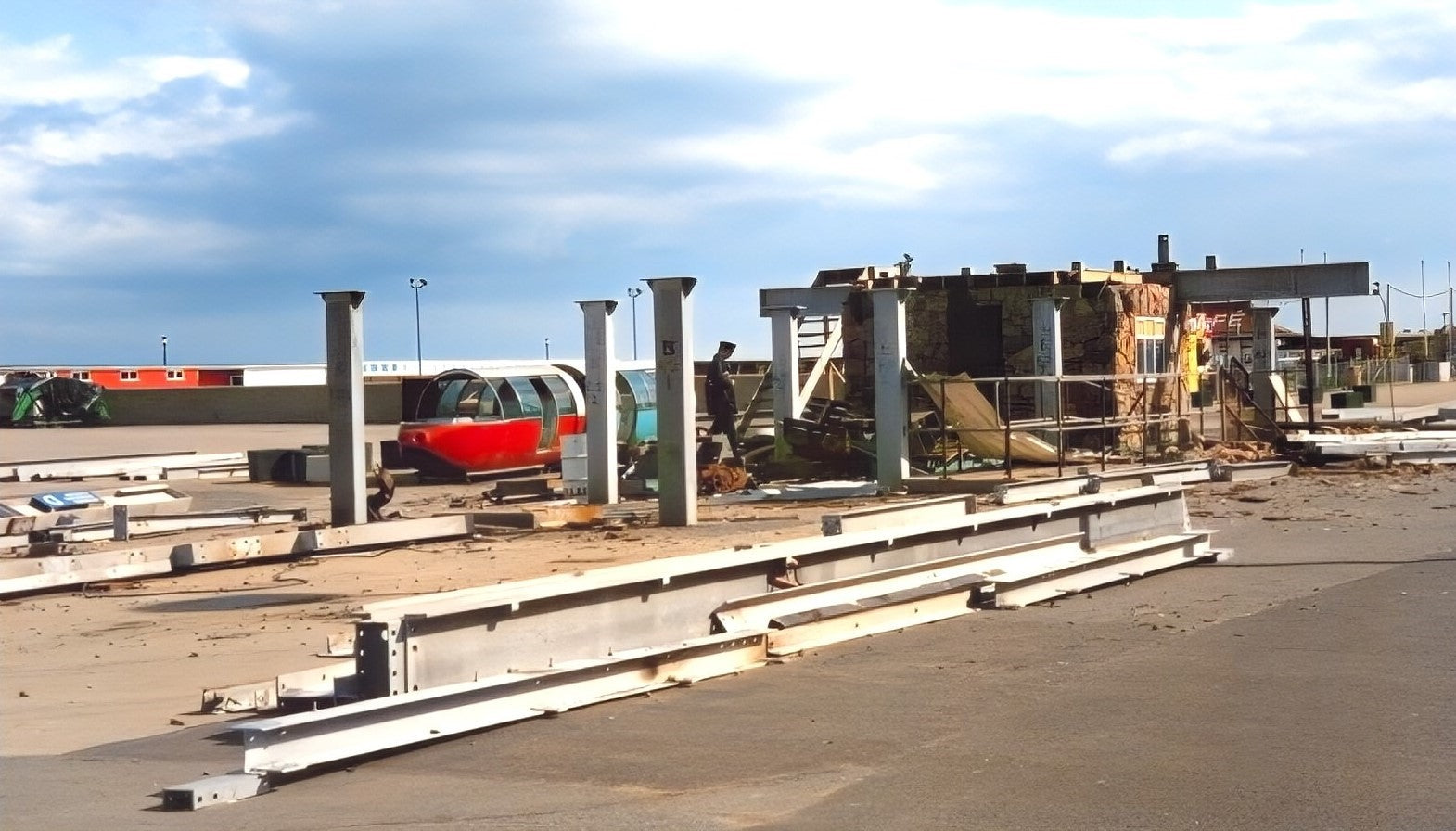
What happened to it next?
I’m not really sure. In 1986 two of the monorail cars were seen dumped in a yard in Blaenau Ffestiniog. By 1991 these same two cars had been moved to Minffordd yard on the Ffestiniog Railway. Some reports said the rest of the equipment was “under a viaduct in Liverpool”. Two other monorail cars have been spotted in the Beeston area, down near the marina. If you have any further information, we’d love to hear from you.
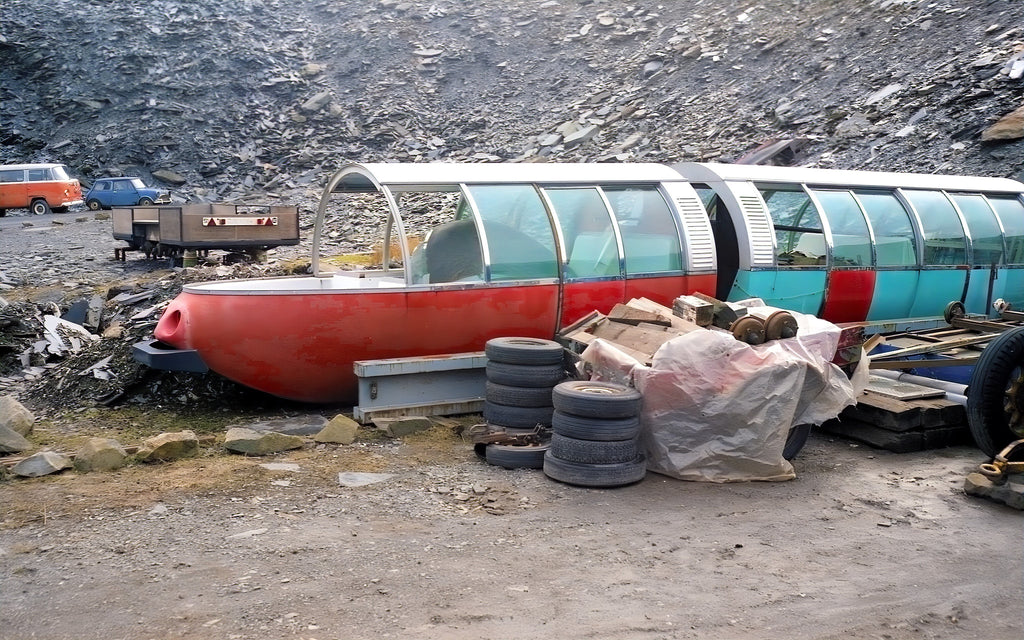
Alan Hawes remained in the Rhyl area, continuing with AH Design, later known as Alan Hawes Design. He also founded another business in nearby Flint, known as Computerised People Movers (CPM), which was involved with the construction of a suspended monorail at Blackpool Pleasure Beach in 1990 (Wonderful World ride) and another monorail at Chester Zoo in 1991.
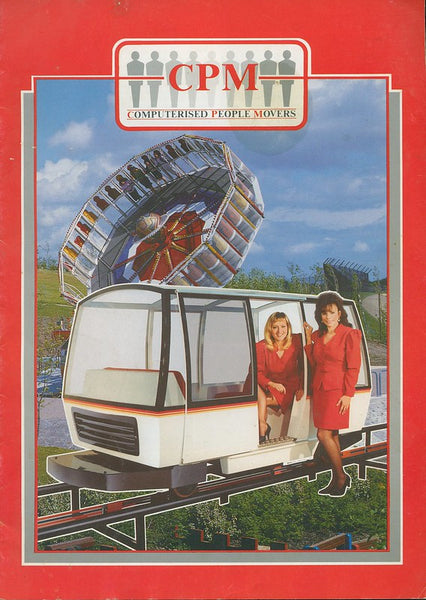
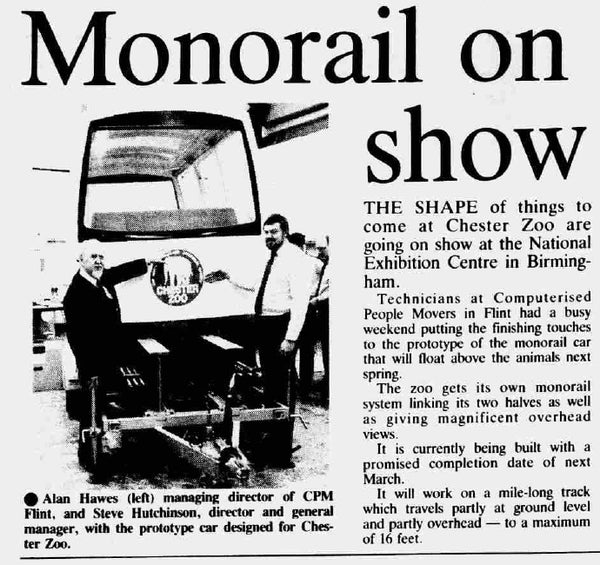
Reflecting on the Rhyl Monorail in 1989 Hawes remarked “It was a great success in many ways. It was built in little more than 60 days, which was a miracle in itself, and in just over a month it took £60,000”.
We’d love to hear your memories and stories of the monorail. Please feel free to leave a comment below.

Leave a Reply